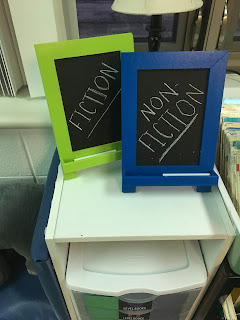Amanda here! I just wanted to start your week with one of my FAVORITE additions to my classroom, MYSTERY READERS! Having mystery readers come into the classroom was without a doubt a favorite for all.
Now, having mystery readers isn’t a new concept by any means but I wanted to make sure it was as meaningful as possible. This lead me to revamp the idea to include having parents choose from a list of books that addressed character building, and life lessons. I also asked them to write a letter to the class inside the front cover as a reminder of what they learned from the book.
Now the logistics is something I had to figure out, but I'll break down the way I do it.
1. Read
through the list of books. If there are
some that you already have, don’t feel are appropriate, or simply don’t want on
the list….delete them.
2. Print
a packet for each parent with the letter and book descriptions.
3. Put
each packet in a manila envelope, and glue a “TOP SECRET” label to the front of
each one and give them to families.
4. Use
the website, Sign-up
Genius, and create a sign up for the books available so that you don’t have more than one person reading the same book.
5. After
you have parent’s signed up, send a sign up genius to those parents with dates/times.
6. A
week before a parent comes, have them send
you 5 clues you can read to the class before
they walk in.
This is what the envelopes look like with the labels on them. This was also a book that the kids LOVED.
Here is an example of a letter a parent wrote inside their book. It's so special for the kids to look back on throughout the year.
Want a way to get started? We will have you all set up with this product from our TPT store!

I hope you all can find the joy with your students and families that I did through this program. We'd love to hear your thoughts and ideas as well!
:) Amanda












